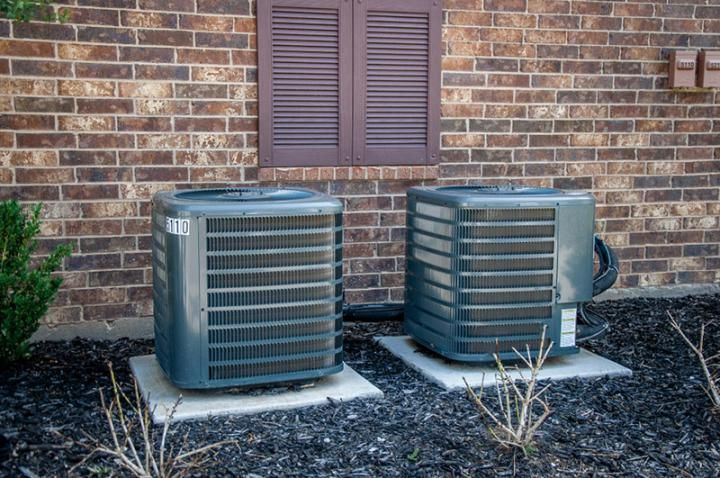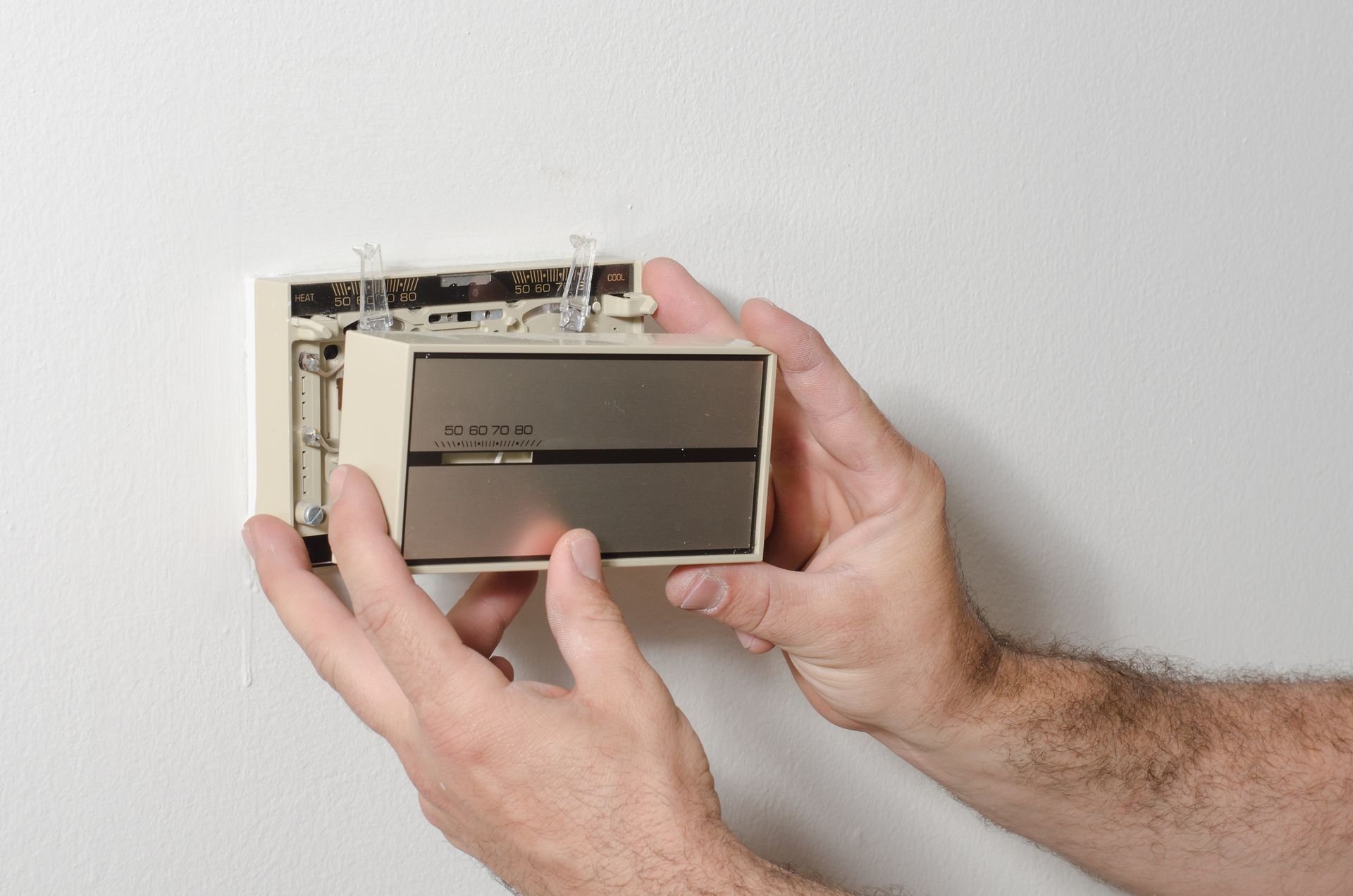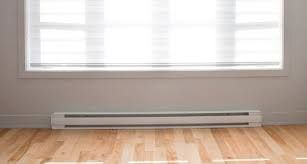To keep your house in top shape, give HVAC systems an annual checkup.
Spring cleanup is a tradition, but there are some other chores that should be part of your springtime routine, too. Most of them take only a few minutes, so get started!
1. Check your air-conditioning and heating equipment before the beginning of a new season.
2. Check and replace your furnace and air-conditioning filters every month. There are several types from which to choose, depending on your needs. Fiberglass filters last only one month, while the filters typically last three to four months. HEPA filters last up to six months and can be cleaned with a vacuum nozzle.
4. To keep a dehumidifier working properly, remove its housing and let the unit dry completely. Vacuum every accessible surface and crevice.
5. Clean your bathroom fans once a year. Take the cover off, wash it in soapy water and clean dirt off the fan blades with a toothbrush. Be sure the power is off when you do this!
6. Check the flappers on your toilets at least once a year. If they are showing their age, replace them before they start leaking and wasting water.
7. Remove all faucet handles and clean their insides to keep the screws from corroding. Use a rust remover if necessary.
8. Replace the batteries in smoke and carbon-monoxide detectors twice a year: when the time changes to daylight savings time and then back to standard time. While you’re at it, dust or vacuum the detectors to keep them working at peak performance.
9. Make sure you have a fully charged fire extinguisher that you can reach quickly and easily.
10. Inspect and, if necessary, caulk around your home’s windows and doors annually. That will help keep out heat and humidity in the summer and cold drafts in the winter—and save money on your utility bills all year round.
11. Open and close all windows. Do they all open easily, yet close tightly? If not, check the weather stripping. There are a number of different types to consider.
12. The best time to caulk a joint outdoors is during the spring or fall. That’s when the width of the joint is halfway between its seasonal extremes. A plastic drinking straw or a length of plastic tubing makes a handy extension tube for caulking hard-to-reach places. Secure the extender with duct tape.
13. To really clear and clean screens for springtime, rub them with kerosene on both sides, then rinse with soap and water. Kerosene fumes are dangerous, so make sure to do this outside or in a well-ventilated area.
14. To fix a small hole in a window or door screen, dab clear household cement over the hole with a toothpick. If the screens are plastic, test the cement on a scrap to make sure it won’t melt the material.
15. Use the same technique to repair screen tears. Pull the two halves of the tear together and hold them in place with masking tape on one side. Apply the household cement to the tear, then smooth with a putty knife. When it’s dry, gently remove the tape and apply cement to the other side.
16. Clean out the gutters of winter debris and check them for damage from ice. Install gutter screens or protectors to help keep debris out of the gutters.
17. If a roof gutter is sagging, pitch it back to a level position by tightening its strap with pliers. The tighter the strap is twisted, the more the gutter will rise.
18. Be sure the gutters slope properly toward the down-spouts.
19. To prevent basement flooding, make sure there is at least three feet between the side of the house and the down-spout’s outlet. Use one of the following methods to reach that distance:
- Add an elbow for pipe and extension, although that often leaves the outlet still too close to the house.
- Use a splash guard that stretches about three feet.
- Attach a flexible extension hose to the end of the down-spout and bend it in away from the house.











